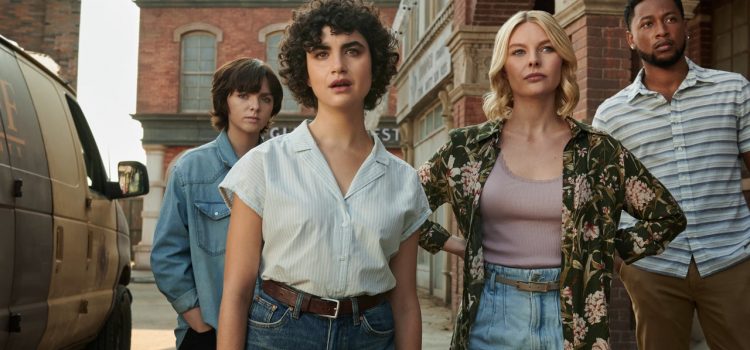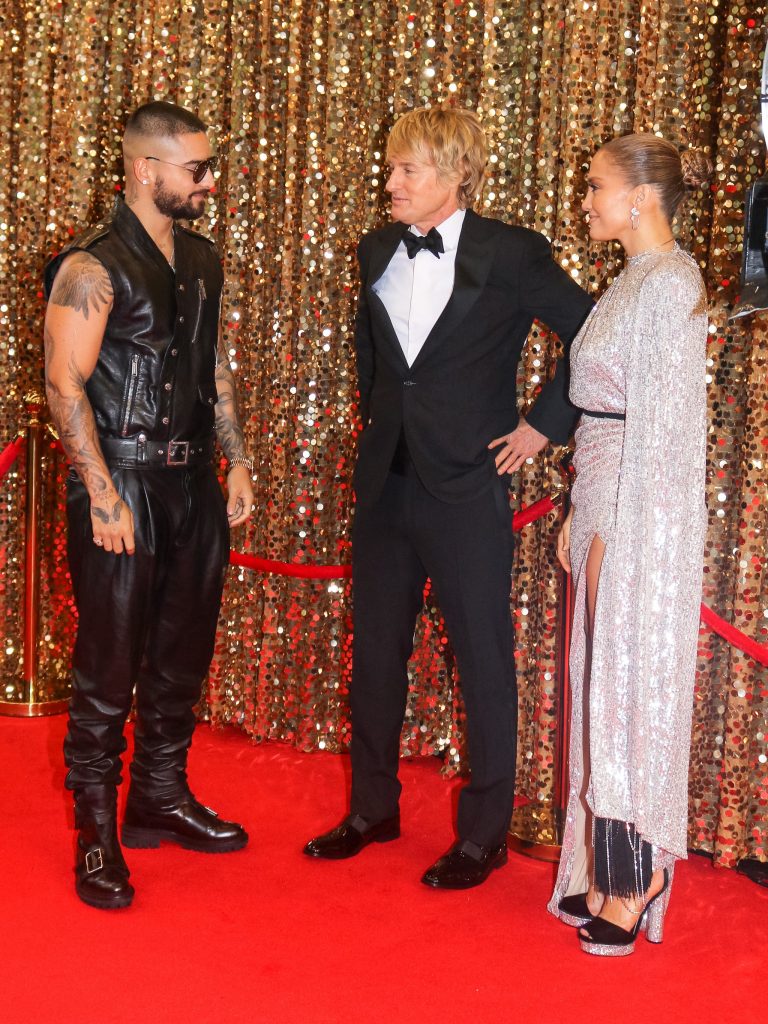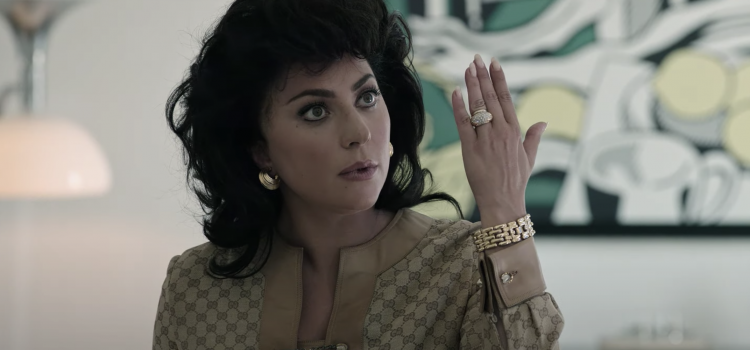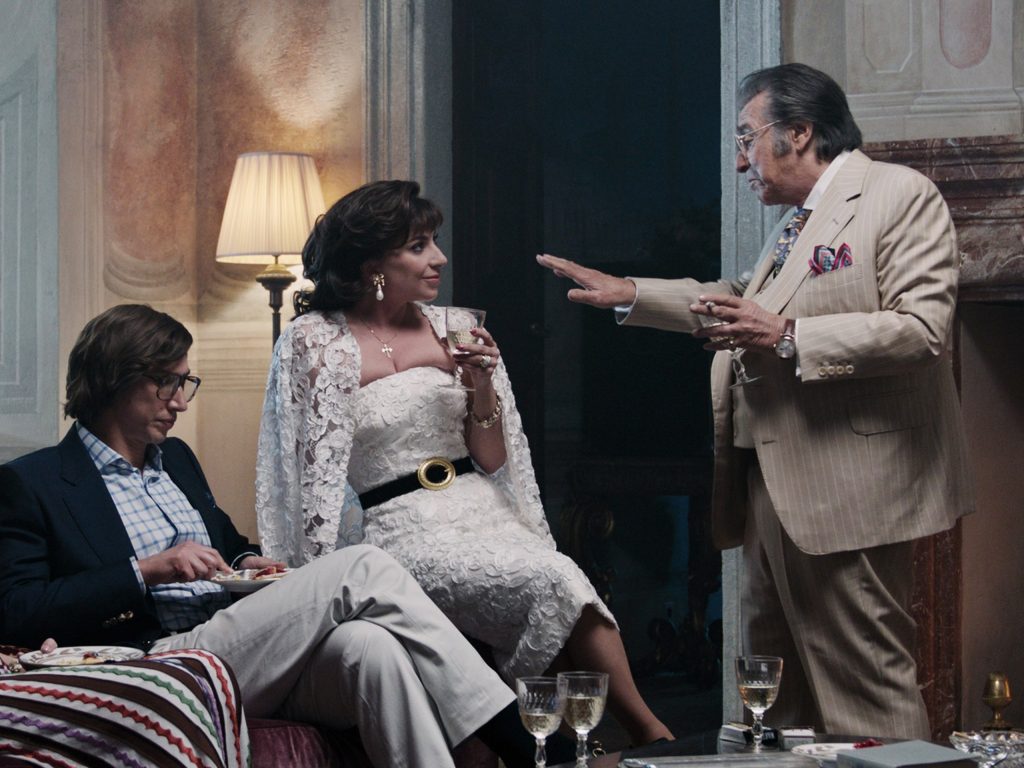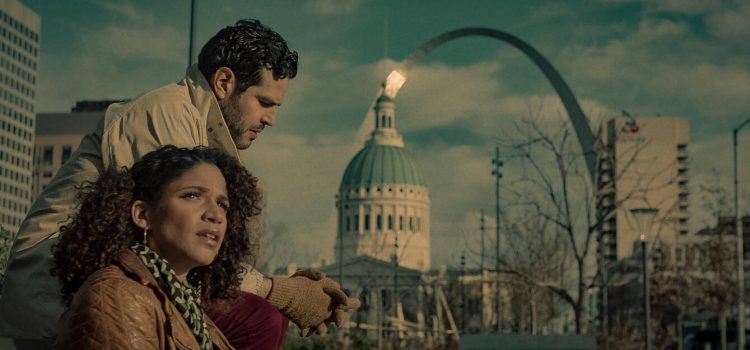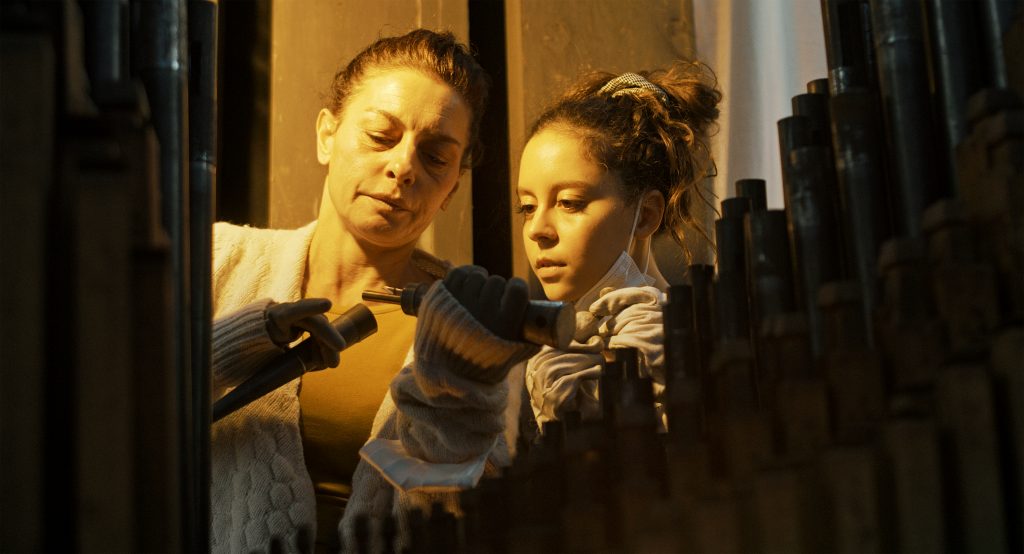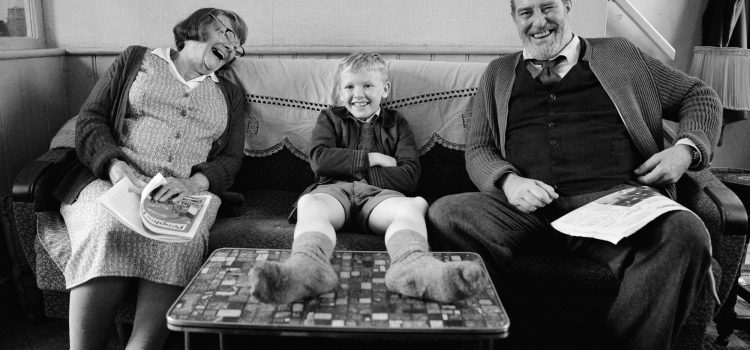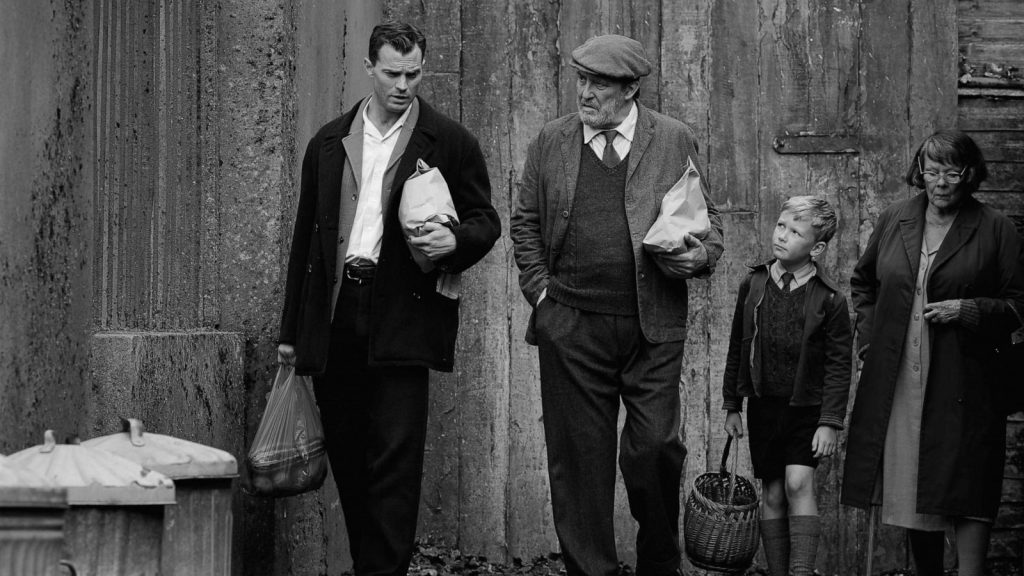By Alex McPherson
Crass and packed with enough blood to fill a swimming pool, director David Blue Garcia’s “Texas Chainsaw Massacre” leaves behind a bitter aftertaste, despite moments of hyper-violent enjoyment.
Taking place nearly 50 years after Tobe Hooper’s 1974 masterpiece — as well as retconning the seven other “TCM” films released since then — the latest entry finds a group of Gen-Z entrepreneurs venturing out into the remote area of Harlow, Texas, and having a grand ol’ time.
Dante (Jacob Latimore), Ruth (Nell Hudson), and Melody (Sarah Yarkin) want to gentrify Harlow and turn the ghost town into a hipster haven, or something like that. Melody brings along her depressed sister, Lila (Elsie Fisher), who recently survived a school shooting.
As the naive younglings encounter various slimy locals, Dante and Melody find a woman inhabiting a former orphanage (Alice Krige), who refuses to leave. Being the cutthroat capitalists they are, they evict her, creating an unfortunate domino effect. Guess who else happens to be living there, in hiding from the authorities? Couldn’t be Leatherface (Mark Burnham), could it? The porky cannibal who’s since become something of a Texas celebrity?
Attempting to replicate the grungy, unforgettable thrills of Hooper’s effort, “Texas Chainsaw Massacre” lacks the craft and inventiveness needed to carve a name for itself. Rather, Garcia’s film is woefully miscalculated, bringing in a huge swathe of cultural talking points only to toss them aside, providing only sporadically engaging genre thrills.
Topics of post-traumatic stress, liberal guilt, cancel culture, gun control, and more are treated with very little subtlety: they’re designed to provoke rather than enlighten or add any meaningful subtext, like Hooper’s vision attempted. The film’s 83-minute runtime limits how much time any particular theme can develop, so the overall impression is woefully tone-deaf and disgustingly offensive, especially in regard to gun violence.
Indeed, it’s difficult to ignore just how profoundly mean-spirited the film is, painting its young protagonists as semi-antagonists from the get-go, reducing them to basic characterizations aggressively foregrounding their “wokeness” without any real soul. The actors try their best with the material, especially Yarkin and Fisher, but there’s only so much they can do with people making one bone-headed decision after another, playing into horror movie tropes that viewers have likely seen time and time again.
To their credit, Garcia and screenwriter Chris Thomas Devlin try to give Lila some development — it’s just pretty damn insensitive how the film uses her trauma as a set-up for her own acts of violence against the iconic face-wearer. Without spoiling too much, “Texas Chainsaw Massacre” exploits America’s gun violence epidemic to gross, confused ends.
Similarly, the film’s most promising thread — bringing back Sally Hardesty (Olwen Fouéré), the sole survivor of the 1974 bloodbath — is largely neglected until the conclusion. Even then it resembles a pale imitation of what director David Gordon Green achieved with Laurie Strode in his far superior horror sequel, 2018’s “Halloween.”
Fortunately, being a slasher film, “Texas Chainsaw Massacre” doesn’t require anyone to latch onto emotionally, so long as they die in entertaining fashion. And on those merits, it delivers the goods. Although Leatherface’s scare factor is neutered this time around due to the film’s reliance on formulaic jump scares, Garcia stages some blackly comic set-pieces that leave a satisfyingly queasy impact.
One sequence involves a busload of social media influencers being graphically slain while livestreaming the whole ordeal on their smartphones after threatening to “cancel” Leatherface. It goes on for a ridiculously long time, and fits the tone well as a sick, apathetic joke.
Additionally, Ricardo Diaz’s cinematography contains several aesthetically pleasing compositions, albeit abandoning the documentary-esque stylings of Hooper’s film that helped give it such an uncomfortable atmosphere. Colin Stetson’s score features growling rhythms that add some welcome suspense when the scenarios themselves remain generic.
If viewers go into “Texas Chainsaw Massacre” with the absolutely lowest of expectations, there’s enough flashes of sadistic slasher glee to briefly divert. For everyone else, however, there’s little here that stands out, and far better cinematic offerings to grab from the toolshed.

“Texas Chainsaw Massacre” is a 2022 film directed by David Blue Garcia and starring Sarah Yarkin, Elsie Fisher and Mark Burnham. Rated R for strong bloody horror violence and gore, and language, the runtime is 1 hour, 21 minutes. Streaming on Netflix beginning Feb. 18. Alex’s Grade: C-
Alex McPherson is an unabashed pop culture nerd and a member of the St. Louis Film Critics Association.

